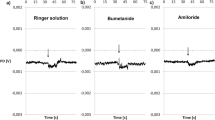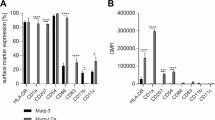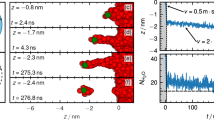Abstract
IN the course of an investigation into the distribution of chloride between blood plasma and skin in the cat, difficulty was encountered in determining the chloride content of the skin. Digestion of the tissue in concentrated nitric acid is impracticable owing to loss of chloride; the tissue proved to be too tough to be ground in trichloracetic acid, which is the standard procedure with other tissues. Freezing before grinding had no helpful effect and cutting the tissue into very small fragments before grinding was, though successful, both laborious and time-consuming; mincing was impracticable owing to the relatively small samples which could be used.
This is a preview of subscription content, access via your institution
Access options
Subscribe to this journal
Receive 51 print issues and online access
199,00 € per year
only 3,90 € per issue
Buy this article
- Purchase on SpringerLink
- Instant access to full article PDF
Prices may be subject to local taxes which are calculated during checkout
Similar content being viewed by others
Author information
Authors and Affiliations
Rights and permissions
About this article
Cite this article
EGGLETON, M. Extraction of Chloride from Mammalian Skin. Nature 168, 660 (1951). https://doi.org/10.1038/168660a0
Issue Date:
DOI: https://doi.org/10.1038/168660a0



